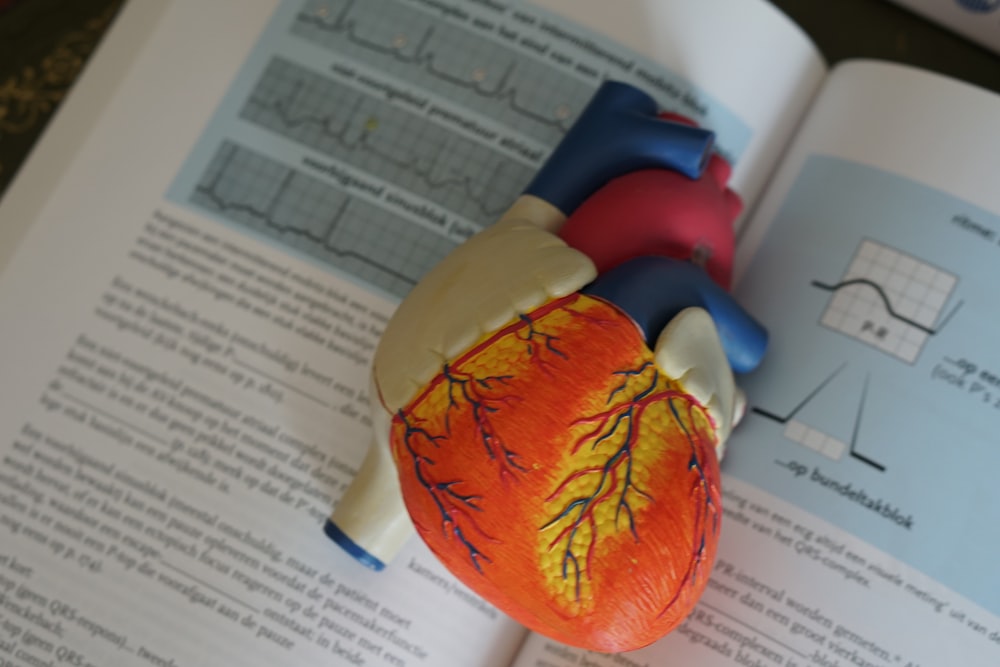7 Ways to Prevent and Reverse Heart Disease with Nutrition
Heart disease is one of the leading causes of death globally, and it is essential to understand that diet plays a significant role in preventing and reversing it. In this article, we will explore the ultimate heart-healthy diet plan, including understanding the link between diet and heart disease, diet and exercise for preventing and reversing coronary artery disease, nutritional and lifestyle plan for a patient with heart disease, 5 ways to keep your heart healthy through diet and exercise, heart disease dietary guidelines and recommendations, foods to include in a heart-healthy diet plan, foods to avoid in a heart-healthy diet plan, heart-healthy recipes and meal ideas, and conclusion and final thoughts on the heart-healthy diet plan.
Introduction to Heart-Healthy Diet Plan
A heart-healthy diet plan is a way of eating that promotes heart health and reduces the risk of heart disease. A heart-healthy diet plan includes nutrient-dense foods that are low in saturated and trans fats, added sugars, and sodium. It emphasizes fruits, vegetables, whole grains, lean proteins, and healthy fats. A heart-healthy diet plan is not a short-term diet but a long-term lifestyle change that can reduce the risk of developing heart disease and improve heart health.
Understanding the Link Between Diet and Heart Disease
The link between diet and heart disease is significant. A diet high in saturated and trans fats added sugars, and sodium can increase the risk of developing heart disease. On the other hand, a diet high in fruits, vegetables, whole grains, lean proteins, and healthy fats can reduce the risk of developing heart disease. A heart-healthy diet plan can help prevent and reverse heart disease by reducing cholesterol levels, blood pressure, and inflammation. It can also improve insulin sensitivity, which is essential for preventing and managing diabetes, a major risk factor for heart disease.
Diet and Exercise for Preventing and Reversing Coronary Artery Disease
Coronary artery disease is a condition in which the arteries that supply blood to the heart become narrow or blocked, leading to a heart attack. Diet and exercise can help prevent and reverse coronary artery disease. A heart-healthy diet plan can reduce cholesterol levels, which can help prevent the buildup of plaque in the arteries. Exercise can improve cardiovascular fitness, reduce blood pressure, and improve insulin sensitivity. A combination of a heart-healthy diet plan and regular exercise can reduce the risk of developing coronary artery disease and improve heart health.
Nutritional and Lifestyle Plan for a Patient with Heart Disease
A nutritional and lifestyle plan for a patient with heart disease should focus on reducing the risk factors for heart disease and improving heart health. The plan should include a heart-healthy diet plan and regular exercise. It should also include strategies to reduce stress, quit smoking, and manage other health conditions, such as diabetes and high blood pressure. A cardiac rehabilitation program can provide individualized nutritional and lifestyle plans for patients with heart disease.
5 Ways to Keep Your Heart Healthy Through Diet and Exercise
- Eat a heart-healthy diet plan: A heart-healthy diet plan includes fruits, vegetables, whole grains, lean proteins, and healthy fats. It is low in saturated and trans fats, added sugars, and sodium.
- Exercise regularly: Regular exercise can improve cardiovascular fitness, reduce blood pressure, and improve insulin sensitivity. Aim for at least 150 minutes of moderate-intensity exercise per week.
- Maintain a healthy weight: Being overweight or obese can increase the risk of developing heart disease. Aim for a healthy weight by following a heart-healthy diet plan and regular exercise.
- Reduce stress: Stress can increase the risk of developing heart disease. Practice stress-reducing techniques, such as meditation, yoga, and deep breathing exercises.
- Quit smoking: Smoking is a major risk factor for heart disease. Quitting smoking can reduce the risk of developing heart disease and improve heart health.
Heart Disease Dietary Guidelines and Recommendations
The American Heart Association provides guidelines and recommendations for a heart-healthy diet plan. The guidelines recommend a diet rich in fruits, vegetables, whole grains, lean proteins, and healthy fats. They also recommend limiting saturated and trans fats, added sugars, and sodium. The guidelines also recommend limiting alcohol intake and avoiding smoking.
Foods to Include in a Heart-Healthy Diet Plan
Foods to include in a heart-healthy diet plan include fruits, vegetables, whole grains, lean proteins, and healthy fats. Fruits and vegetables are rich in antioxidants, vitamins, and minerals, which can reduce the risk of developing heart disease. Whole grains are a good source of fiber, which can reduce cholesterol levels. Lean proteins, such as chicken, fish, and legumes, are low in saturated fat and can provide essential nutrients. Healthy fats, such as olive oil, nuts, and seeds, can improve cholesterol levels and reduce inflammation.
Foods to Avoid in a Heart-Healthy Diet Plan
Foods to avoid in a heart-healthy diet plan include saturated and trans fats, added sugars, and sodium. Saturated and trans fats can increase cholesterol levels, which can lead to the buildup of plaque in the arteries. Added sugars can increase the risk of developing diabetes, a major risk factor for heart disease. Sodium can increase blood pressure, which can increase the risk of developing heart disease.
Heart-Healthy Recipes and Meal Ideas
Heart-healthy recipes and meal ideas can make following a heart-healthy diet plan more enjoyable. Some heart-healthy recipes include grilled chicken with roasted vegetables, lentil soup, baked salmon with quinoa, and roasted asparagus. Some heart-healthy meal ideas include a spinach and berry smoothie for breakfast, quinoa and black bean salad for lunch, and roasted chicken with sweet potatoes and Brussels sprouts for dinner.
Conclusion and Final Thoughts on Heart-Healthy Diet Plan
A heart-healthy diet plan is a long-term lifestyle change that can reduce the risk of developing heart disease and improve heart health. Following a heart-healthy diet plan that includes fruits, vegetables, whole grains, lean proteins, and healthy fats can reduce cholesterol levels, blood pressure, and inflammation. Regular exercise, stress reduction, quitting smoking, and maintaining a healthy weight can also improve heart health. By following a heart-healthy diet plan and making other lifestyle changes, you can prevent and reverse heart disease and improve your overall health.
Now that you have learned about the ultimate heart-healthy diet plan, it’s time to take action. Start by incorporating more fruits, vegetables, whole grains, lean proteins, and healthy fats into your diet. Make exercise a regular part of your routine, and practice stress-reducing techniques. If you smoke, quit smoking. By making these changes, you can improve your heart health and reduce the risk of developing heart disease.

